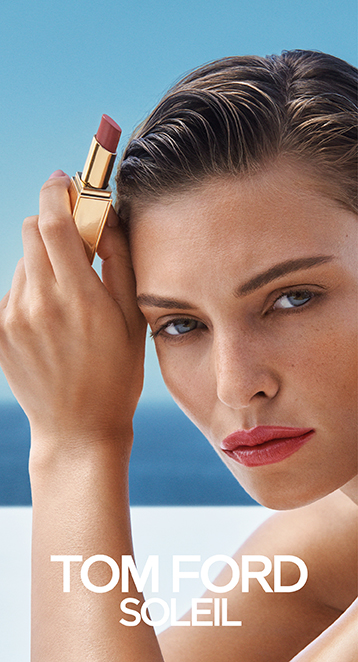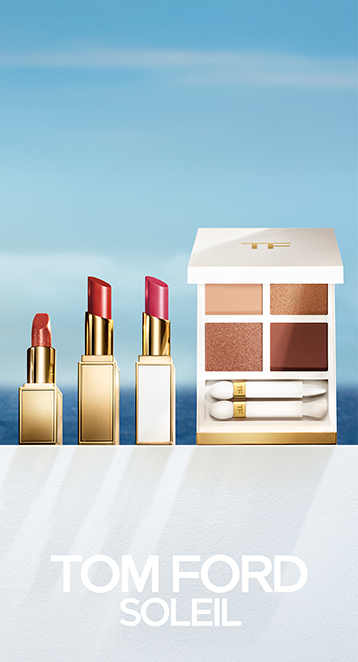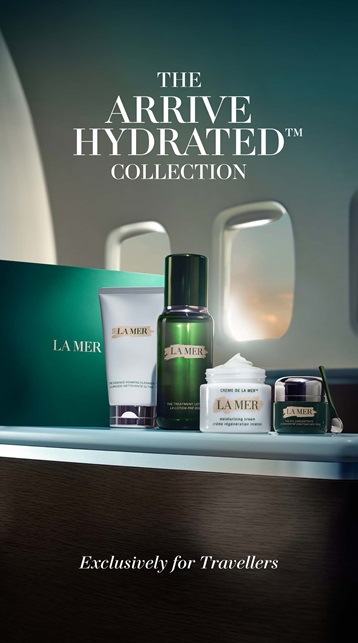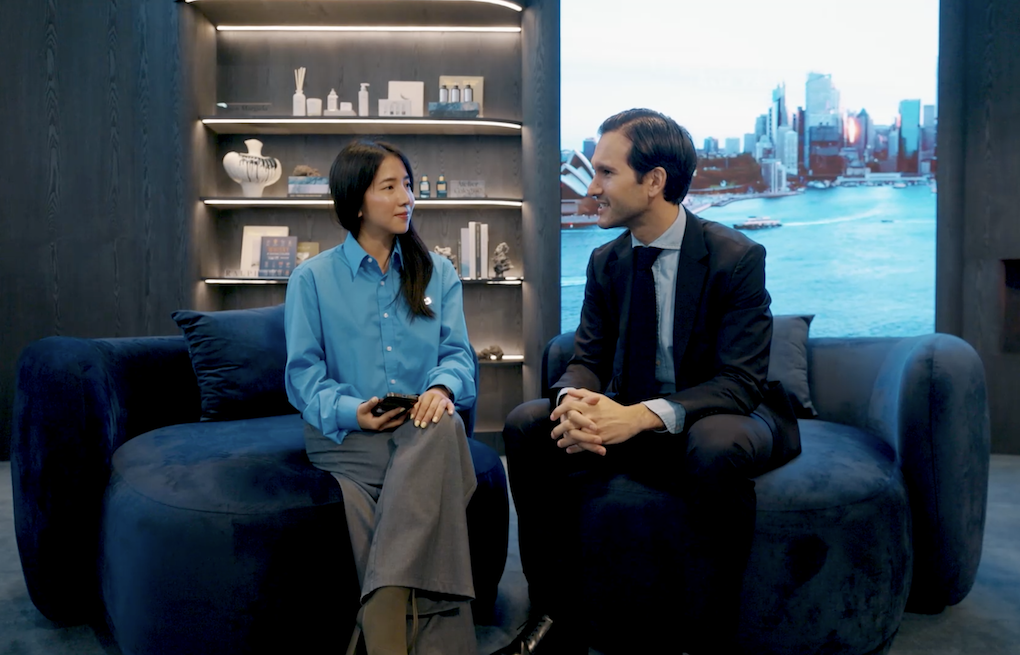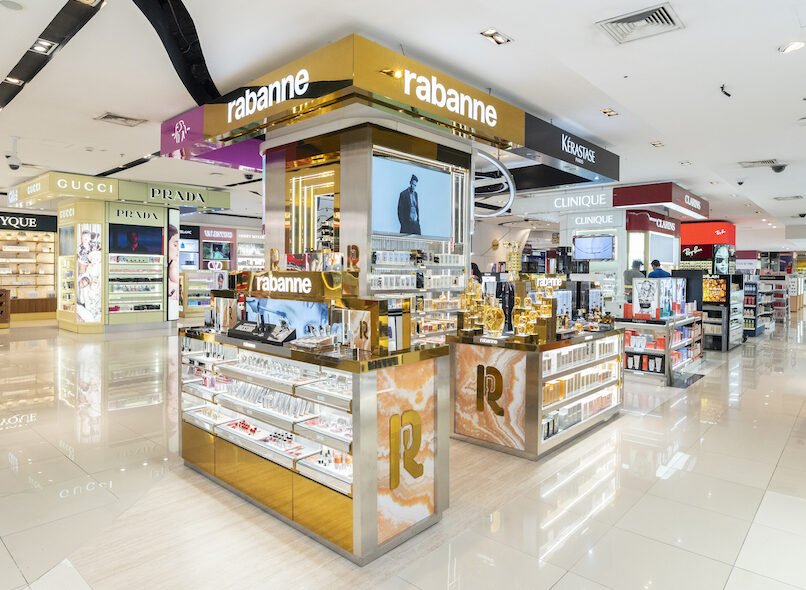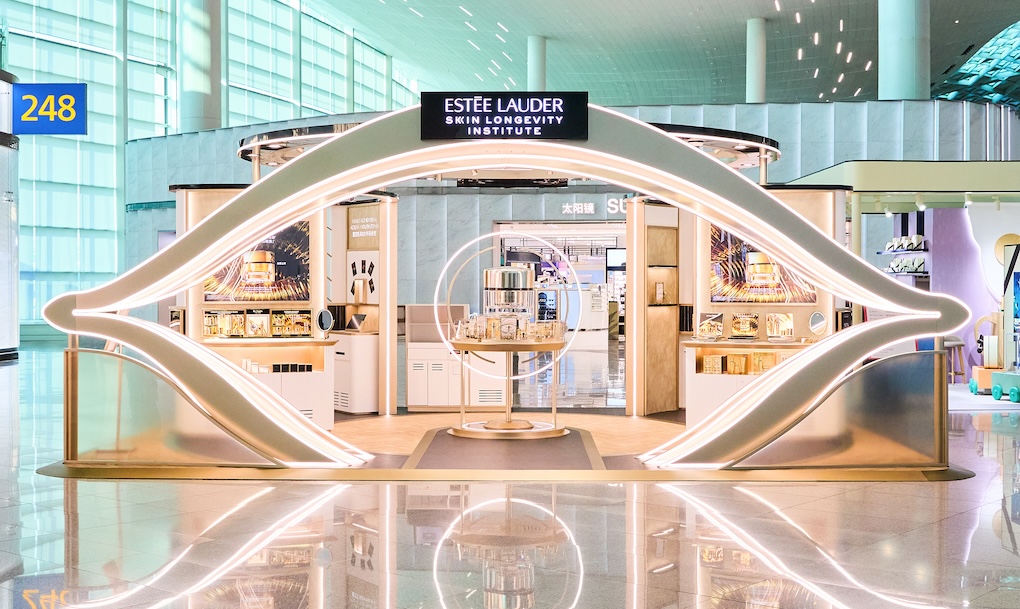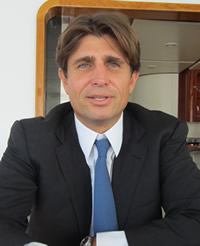 |
“Not only do we compete, but we have some of the best results. If research and development was only about money, everybody would be able to do it. But it’s more about creativity.“ |
Philippe d’Ornano President Sisley |
Sisley is one of the great independent names of the beauty industry. Headed by veteran legendary figure Hubert d’Ornano, the company is built around three fundamental values: innovation, quality and entrepreneurial spirit.
The d’Ornano bloodline runs throughout the company – Hubert’s wife Isabelle is Vice-President, chiefly in charge of creation; son Philippe as President directs international development, while daughter Christine is Assistant General Manager, heading one of the group’s subsidiaries.
Martin Moodie caught up with Philippe d’Ornano recently to try to capture the essence of this remarkable family success story.
The Moodie Report: Historically Sisley has not sought a huge presence in duty free and travel retail, but that seems to have changed. For example, you recently recruited former Beauté Prestige International Director International Travel Retail Louis-Benoit Barth as Area Director with responsibility for travel retail. Is this the start of a major push into the channel?
Philippe d’Ornano: We now have 100 stores in European travel retail, and I think that will double in the next year. We’ve doubled sales in the two last years in the market. We can be in the top five brands in European airports if we make the right investments, and that’s what we’re putting together now. I think that we can even outperform our position in the local markets.
In Europe we’ve accelerated development since Louis-Benoit arrived. Before we focused more on what we were doing on the local markets, where we have top positions: skincare is the top brand in France, and within the top brands it’s the fastest growing. Between 1997 and 2011 Sisley’s market share has grown 135%, the biggest increase in market share of all the top brands in Europe across local markets.
Once we started to bring some stores into Europe and monitored the result, we saw some customers from the local market but also a lot of new customers. When you have a retail model offering good advice, these are shops where customers like to shop. When we saw that we structured the organization in Europe and started to open stores. And in the past two or three years we have completely changed the speed of our development and gone into a new phase, taking a strong position equivalent to that on the local markets.
We have a very big business in Asia, except in Japan where we’re a little bit weaker for historical reasons. But we’re growing there and we’ve now created a subsidiary. In China we’re one of the top brands and in Thailand we’re number four. And our strongest duty free market globally is South Korea. We are evaluating our duty free business again now because there is a big movement of new duty free openings in Asia, especially in China.
The brand was created in 1976. What was the reason for not focusing on the duty free channel earlier, and what has changed?
The feeling we had at the start was that we would not go in this channel if we were not strong in the local markets. Also at that time the channel was more price- and perfume-oriented and less about advice. For us advice is key. We think that working with retailers in the right way is key and we have teams all around the world. Between the beginning of the 1990s and 2005 we created 28 subsidiaries. We cover all the main countries in Europe, Asia and North America, and we have a subsidiary in Dubai. For our size we’ve been very aggressive.
In the last 10 to 15 years there has been a reorientation in duty free, and I think this is just the start, because we’re seeing more Asian travellers, who are skincare-oriented and advice-oriented. There is also an increasing understanding that in an airport you want to see a product of a certain value. You can sell cheap products but it’s not as interesting. When people have the price advantage, they prefer to buy something that perhaps they wouldn’t buy on the local market.
Also the airports have changed so radically. The airport of today, and the shopping areas in the airport of today, have nothing to do with the airport of 15 or 20 years ago. There are now very beautiful shops at airports, so that also changed our perspective. There are two or three big airports in Asia which are fantastic. Singapore for example, and Dubai is also great. I like some of the Scandinavian airports. American airports are not as nice for retail. But a lot of European airports have upgraded. Also Heathrow is very nice.
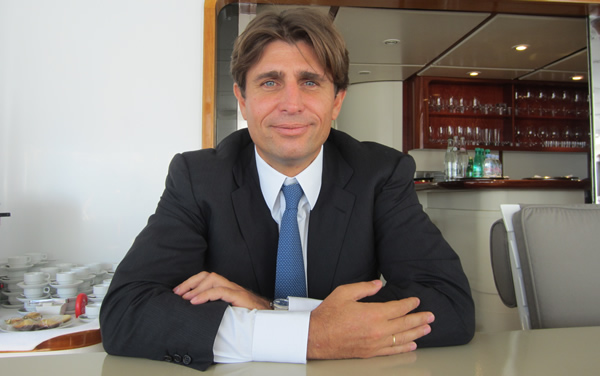 |
Philippe d’Ornano: “Our development in China is above market growth” |
You mentioned the potential for duty free in China. What is your strategy there? Do you have a Chinese subsidiary?
We have subsidiaries in most Asian markets. In China, Taiwan, Japan, South Korea, Singapore, Malaysia. Thailand, Hong Kong, Macau and more. We don’t have a subsidiary in Vietnam, Indonesia or the Philippines, but we have distributors.
Our development in China is above market growth still. It is a fascinating market and the consumers are really demanding. They are not just buying because it’s expensive or prestigious. They want information, they want to try and they are knowledgeable. So companies that are serious in the way they work with their brand will have a big advantage.
The second thing is that they understand our technological concept well because Chinese medicine also uses plants. We use plant extracts – it’s the scientific approach to plants – but they understand the technology. It’s true of China, South Korea and Taiwan, so I’m very optimistic about the potential in travel retail.
Travel retail also creates a lot of new customers for us on the local market. Especially the new form of travel retail today, with more advice. When you talk with retailers they all insist on the fact that they want to offer more advice and they want to work more with skincare.
As well as skincare you also have the fragrance and cosmetics businesses. How important are they to your overall business and how do you plan to develop them?
We are building a world brand on three axis. We started with skincare and today we are a leader in very high-end skincare, but we are also a very fast-growing challenger in make-up and perfume. We have a very precise concept, which differentiates us from the rest of the market. And we think perfume will bring us a lot of development in travel retail.
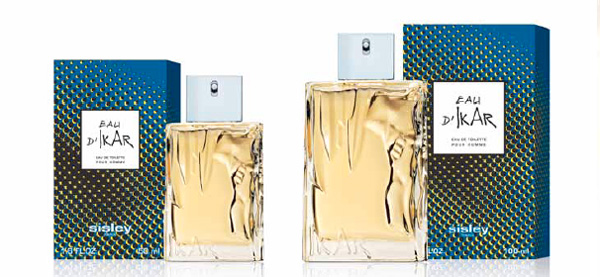 |
Taking flight: Sisley’s first men’s fragrance, Eau d’lkar is inspired by the myth of Icarus |
In Europe perfume is close to 20% of our business and make-up is also around 18-20% – it is different in Asia. The rest is skincare. That has changed a lot. Not so much for make-up, which used to be 14%, so we gained five per cent when we developed the whole line. But with perfume the difference came once we had a very precise idea of how to build it, and the point of difference we had compared to other brands on the market.
Since the beginning of the 1980s the perfume market has evolved towards more “˜mass-tige’ perfumes. Some customers don’t want that, they want more of what made the traditional French perfumery such a success, which was a perfume with creators and owners, brands. As a result of that you had niche brands which appeared doing interesting things very well. But they didn’t have the power we have.
We own this brand, create our own perfume, make our own choices, and at the same time we have the organization to really sell it in a developed way. Like the great French traditional brands used to do it 30 years ago. This gives us quite good growth potential and I think we have a good product differentiation and we are starting to build a strong reputation.
In make-up, I believe there are three main trends: fashion brands, make-up artist and treatment make-up.
It’s a product you put on all day, or leave on your face. A lot of women want to have the best quality. They’re ready to pay more but they want to have a foundation which is really a treatment foundation.
They want to have textures that are good for their skin. In Asia, some women don’t put on make-up because they think it can damage their skin, so in that field we have the know-how to really do very high-end lines. And we’ve been building on that, our fastest growth has been in perfume and make-up. It has grown very fast and now we have launched a new anti-aging foundation. Foundation is a big part of make-up and we think we can take a very strong position that is different from the rest of the offer, which is always difficult in this business.
Your competition are all big companies. They have huge budgets for research and development as well as for marketing. Sisley is entirely family-held since the beginning. How have you managed to compete?
Not only do we compete, but we have some of the best results. If research and development was only about money, everybody would be able to do it. But it’s more about creativity.
Look at the invention of the personal computer. It wasn’t one of the big companies. It was people who had come from the big companies, but who created it in a garage with a small team. Why didn’t they create it at Hewlett Packard? Because research is not building a big garage, putting in a lot of machines and a lot of chemists, closing the door and saying we will free you when you find something.
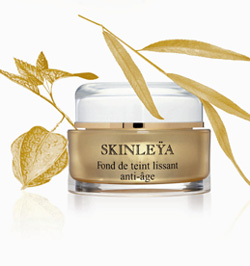 |
Research pays off: Sisley’s new Skinleÿa anti-ageing foundation was launched recently in travel retail |
Research is about interconnection and your capacity to see what a discovery means. Of course you can’t handle all the research there is on skin. Again, look at who invented the internet: military scientists who wanted to share their discoveries. Why did they do that? Because a scientist looks and says, this study at a university in Japan, or this team on this very specific subject, applies to a product I’m working on. It’s about connection. The big labs want to do everything in house and the result is that they lose a lot of their creativity.
Now that we’re getting much bigger we need to keep that spirit of being open to the outside. Another big strength we have which makes a difference in research, is that we are a family company. When I hired my new scientific director I asked all the applicants, who are you working with within your company? And they all worked with the product managers. They were not working with the owners and that limits the concentration.
In the past ten years we have seen an incredible increase in the number of launches, because it’s a quick way to do business. The commercial team says, you know how many products we launched last year? We need the same number again this year or even more.
When I was responsible for the French market my father told me that you need to be able to develop your business for a year without new products. And when you do launch it needs to be a real innovation, either because you have something better or you have a need that was not answered by your line. My mother is very involved in research, and she always says that she doesn’t want a long line. She wants it to be understandable to the customers, and also to the girls who advise on the products.
That’s where we have an advantage. We have a long term vision for building the company. I’m thinking about where we will be in five years, where we need to be in ten years and how I can build this image which gives me such a wonderful freedom to create the best possible products. We needed 25 or 30 years to build this image, but we would not need so long to destroy it.
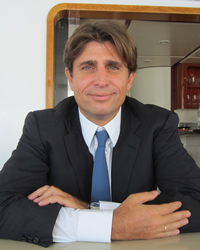 |
“When you look at competitors too much you start to copy them, or you feel inhibited if they’re powerful. My father doesn’t allow talk of other brands during our technical meetings.“ |
Philippe d’Ornano President Sisley |
How do you retain the essence of your company whilst going through this extraordinary growth? You must have to fight very hard to keep those virtues.
When you manage a company you need to be with each part of the company. I try to keep contact with the labs, but I’m also in the stores travelling 100 days a year, I spend time with the finance team, and so on. Some managers are very strongly oriented to one part of the business and not to the rest, and that’s a mistake. The success of our company is in the small details, but there are two pillars for us: products and people.
You can’t be a global success if you don’t have exceptional products, because there’s so much big competition and so many brands. But you make a successful business with people, particularly sales people, because a high-end product must be supported and well advised on or it will disappoint its user.
Sisley is in a good place now in terms of development then, and with a great heritage behind you, growing strongly and diversifying across the three axes. You must be an attractive target to many companies?
Of course. In our industry people always look for brands. But we’re a family, it’s an adventure and we have a very good team and organisation. We’ve also invested a lot in production in the field, so the next 10-15 years of development could be assured and we have a good structure of production. And we are profitable, so what would be our interest [in selling]? We have the money already so what would we get from selling the company?
I see my challenge as being much more about models for development. Do we go on building a very strong brand and based on that, do we create new brands? Or do we buy the brands, and if so which kinds of brands?
But I must say that today I think there is such a big potential with Sisley, that it would be a mistake. Of course if you buy a new brand you get your name in the newspaper and people will say you’re dynamic, but the real question is what you do with the brand and also do you have the people to take care of it? And does it go with the brand you already have?
We see such a big growth potential with the existing company. Already we have three brands: a skincare brand, a make-up brand and a perfume brand. The perfume and the make-up are not yet at the stage we think we can bring them to. The skincare can also still grow a lot, and we have enormous geographical development both in Europe and Asia. I look at each country and I think, what can I do in that country to be in the best position? There are so many customers who have never had the experience of the product. That is a big opportunity.
Who are your main competitors?
I will answer by recalling that when the president of Nike was asked that question by journalists, he thought for a while, and he said: “Microsoft.”
The study of competition is a very mass market way of seeing business. If you focus too much on being competitive, the slightest change in competition can provoke a big loss of market share. We’re in the business of creativity. When you look at competitors too much you start to copy them, or you feel inhibited if they’re powerful, so it’s not what you need in our type of business. My father doesn’t allow talk of other brands during our technical meetings.
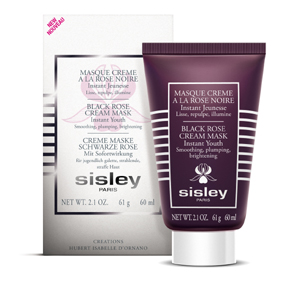 |
Blooming beautiful: Sisley’s new anti-ageing mask |
I understand your family’s heritage in the beauty market goes back even further.
My family has been working in this business for a long time. We had several brands before my father started Sisley, but with Sisley he did something different. It was when the use of natural plant extracts was just starting and he knew that if he wanted to use the best formulas it would need to be high end, because extracts are more expensive if you want to use them in high concentration.
My father acquired Sisley from one of his collaborators from Orlane who created it. He bought the name and changed everything. My grandfather started because he started to work for Coty. When Coty died he created Lanc̫me with a partner and with my grandmother, who was one of these women who was freed in a way by life during the wars Рwhich was maybe the only positive thing to come from the world wars.
And from what I’m hearing today there has been no dilution of the passion of your grandfather or your father.
That’s true, but I must tell you I was not planning to work in the business, it was really just sudden circumstances. My younger brother went to work for Sisley, and was killed in a car accident. I was going to work with the New York Times Group, but three weeks before I was due to leave my brother died. I said to my father and my mother: “Maybe I can work with you for a bit.”
I started as a sales representative. I was touring all around driving 1,500 kilometres a week. We had a fantastic mascara at the time which helped the lashes to re-grow, so I would go, present the mascara, and the girls would look at me with a little smile and say “Do you use it?”, and I said “Of course!”. Nobody can really understand this job if you don’t sell and if you don’t do this kind of work.
Little by little – it was not at all planned – I was put in charge of an area, then two, then three. Then I was in charge of France. And my father told me to go to Belgium, where he did not think our distributor was working the right way. So I opened the first Belgian subsidiary and then I opened all the European subsidiaries. By that time I was more sales oriented, and my mother was more oriented towards marketing and research, so gradually I took care of Europe, then I took care of the world and then I was involved in all the activities of the organization of the company.
My father, at 85, also still comes to the office every day. He wants to know everything and he’s very involved. He’s really one of the great creators in the business, and it’s always good to work with and learn from the great creators. And when you get on well as a family business it’s fantastic.
Advertisement | |




